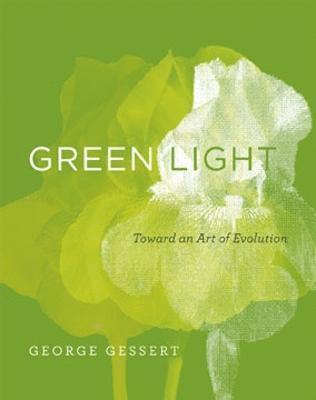
Fler böcker inom
- Format
- Inbunden (Hardback)
- Språk
- Engelska
- Antal sidor
- 264
- Utgivningsdatum
- 2010-04-30
- Förlag
- MIT Press
- Illustrationer
- 9 b&w photos, 8 halftones, 13 line drawings, 1 table; 10 Illustrations
- Dimensioner
- 229 x 178 x 23 mm
- Vikt
- Antal komponenter
- 1
- ISBN
- 9780262014144
- 568 g
Green Light
Toward an Art of Evolution
Inbunden,
Engelska, 2010-04-30
70
Tillfälligt slut – klicka "Bevaka" för att få ett mejl så fort boken går att köpa igen.
Finns även som
Kundrecensioner
Har du läst boken?
Sätt ditt betyg »
Recensioner i media
[A] more than fascinating collection of notes about genetics and evolution in the context of art, and vice versa, and the aesthetic interventions of Homo sapiens. -Leonardo Reviews
Övrig information
George Gessert is an artist whose work focuses on the overlap between art and genetics. His exhibits often involve plants he has hybridized or documentation of breeding projects. His writings have appeared in Leonardo, Art Papers, Design Issues, Massachusetts Review, Hortus, Best American Essays 2007, Pushcart Prize XXX, and other publications.
Du kanske gillar
-
Animal Farm
George Orwell
Häftad -
Big Cloud
Camille Seaman
Inbunden -
Meditations
Marcus Aurelius
Häftad
